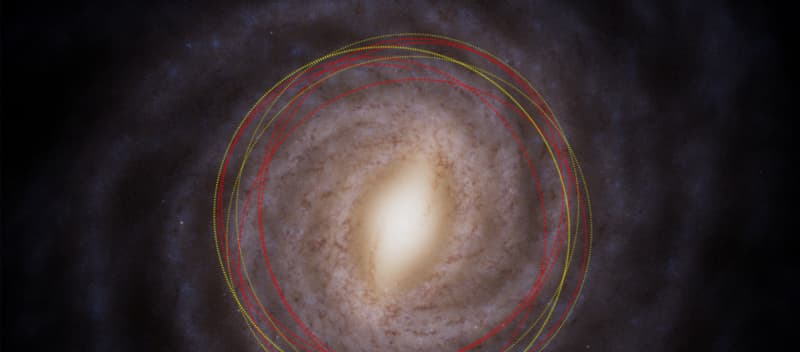
Scientists Identify Potential Oldest Comet in Space
Astronomers have discovered a mysterious interstellar object believed to be the oldest comet ever observed. Named 3I/ATLAS, the "water ice-rich" visitor is the first object from a different region of the Milky Way galaxy to reach our solar system. Unlike previous interstellar objects, 3I/ATLAS appears to have originated from the Milky Way's "thick disk," an area of ancient stars above and below the main star plane.
According to University of Oxford astronomer Matthew Hopkins, non-interstellar comets like Halley's Comet are around 4.5 billion years old, having formed within our solar system. In contrast, interstellar visitors like 3I/ATLAS could be much older, potentially up to three billion years older than our solar system, making it possibly the oldest comet ever observed.
3I/ATLAS was first detected on 1 July 2025 by the ATLAS survey telescope in Chile, when it was approximately 670 million kilometers from the sun. Earth, in comparison, is 149 million km away from the sun. Professor Chris Lintott, a study co-author, noted that this comet offers a unique opportunity to study a part of the galaxy previously unseen up close, with a high likelihood that it predates our solar system and has been traversing interstellar space for a considerable time.
As 3I/ATLAS approaches the sun, the heat from sunlight will cause its surface to release vapor dust, creating the characteristic glowing tail of a comet. Researchers anticipate that the public may be able to observe 3I/ATLAS through amateur telescopes in late 2025 and early 2026 as it becomes more visible.